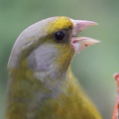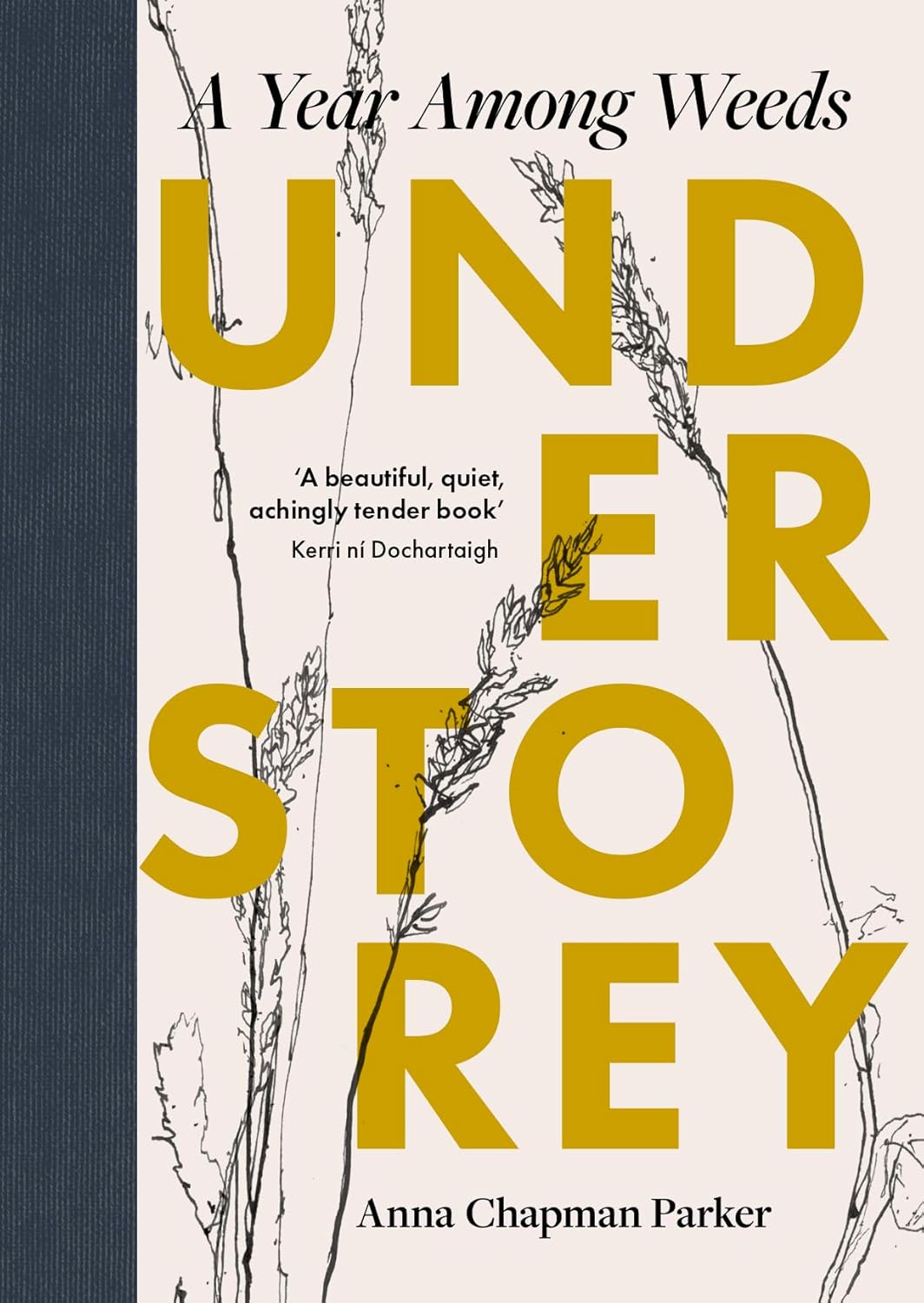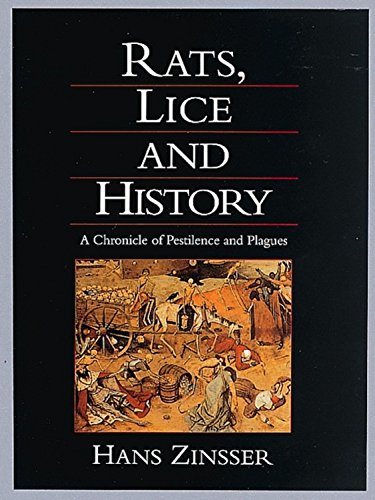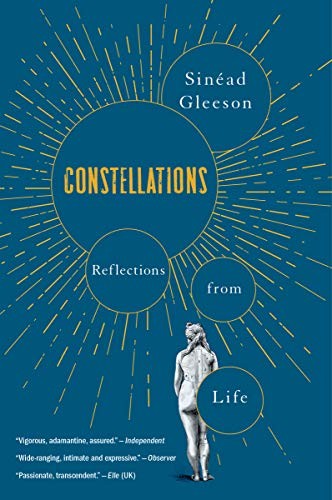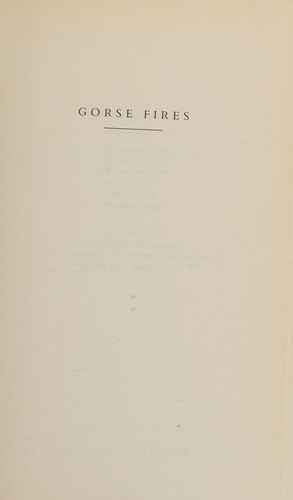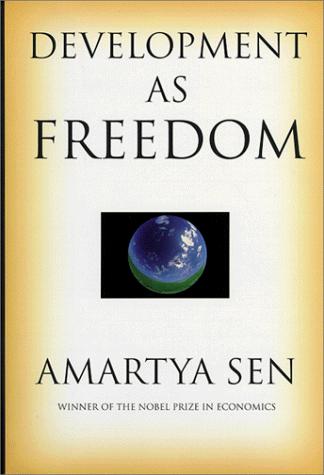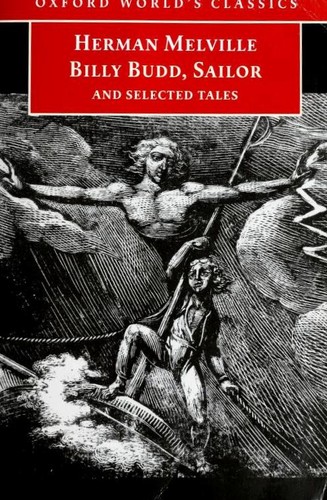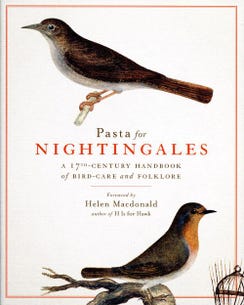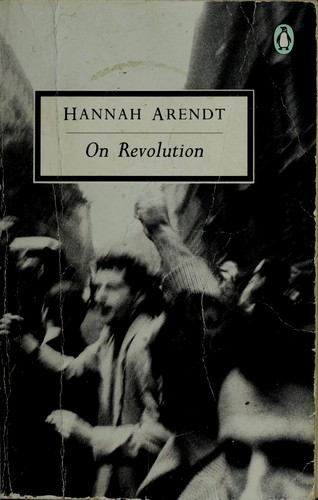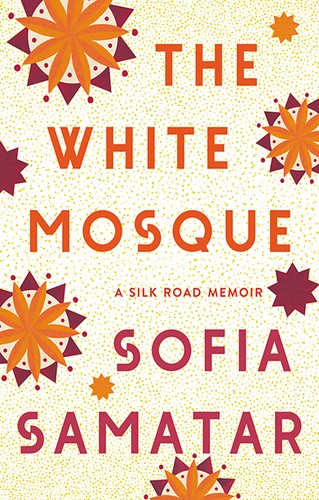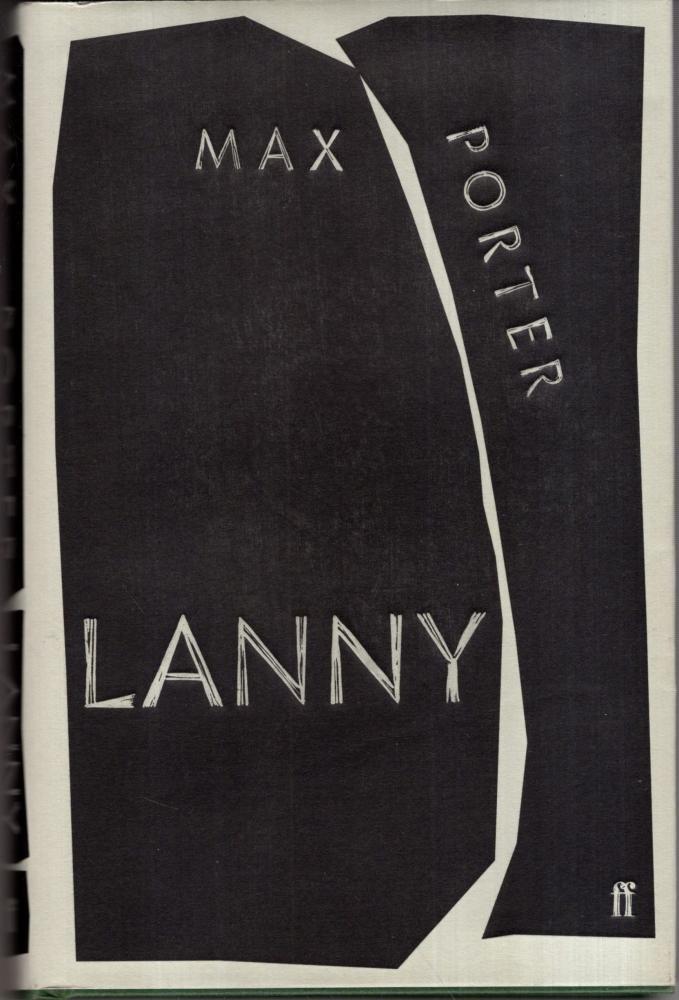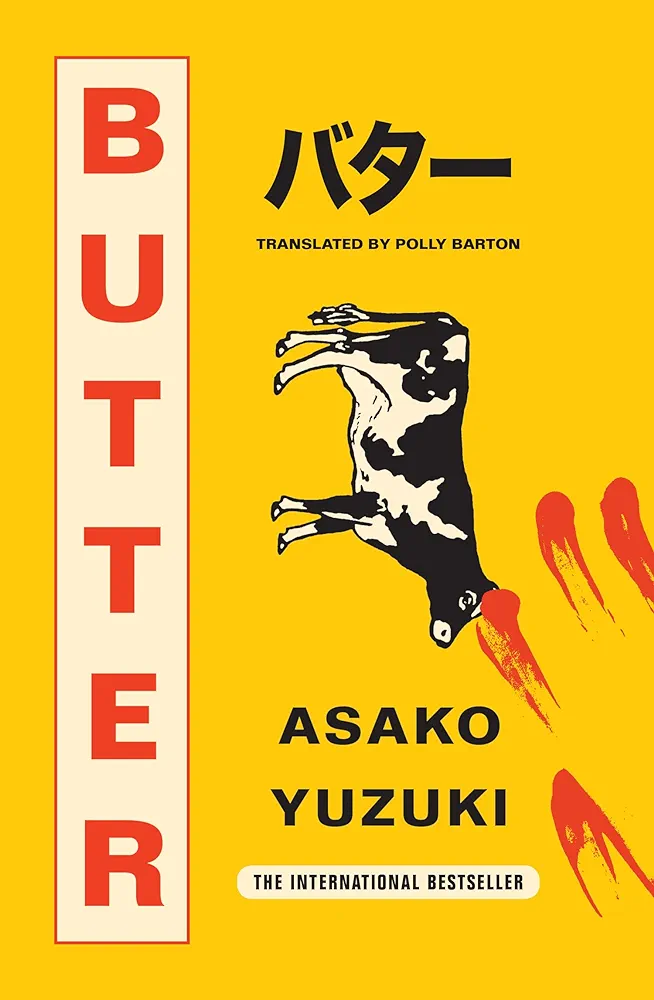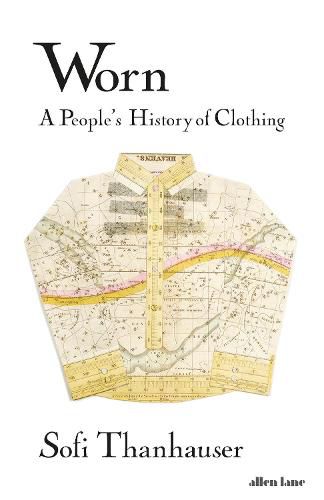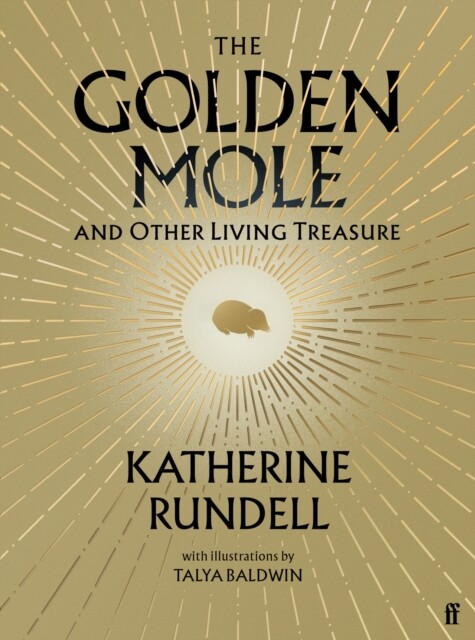Fionnáin reviewed Understorey by Anna Chapman Parker
Drawing with lines and words
5 stars
Anna Chapman Parker is an artist who thinks deeply about incidental moments. This wonderful book charts a year in her life where she draws weeds that she finds on her wanders. It features both her writing and her drawings, and also some other artworks as references.
Parker writes about what she draws beautifully, about her days and her time with her family. She also weaves in observations on art history, writing and culture that show a deep and acute understanding of her craft.
The drawings are wonderful, the anecdotes thoughtful. Although I am not generally a fan of the diary form of writing, this book masters it, moving easily from anecdote to theory to humour, treating each day as unique. The quality of writing helps this. The end result is a joy to read and one I will revisit again and again.
